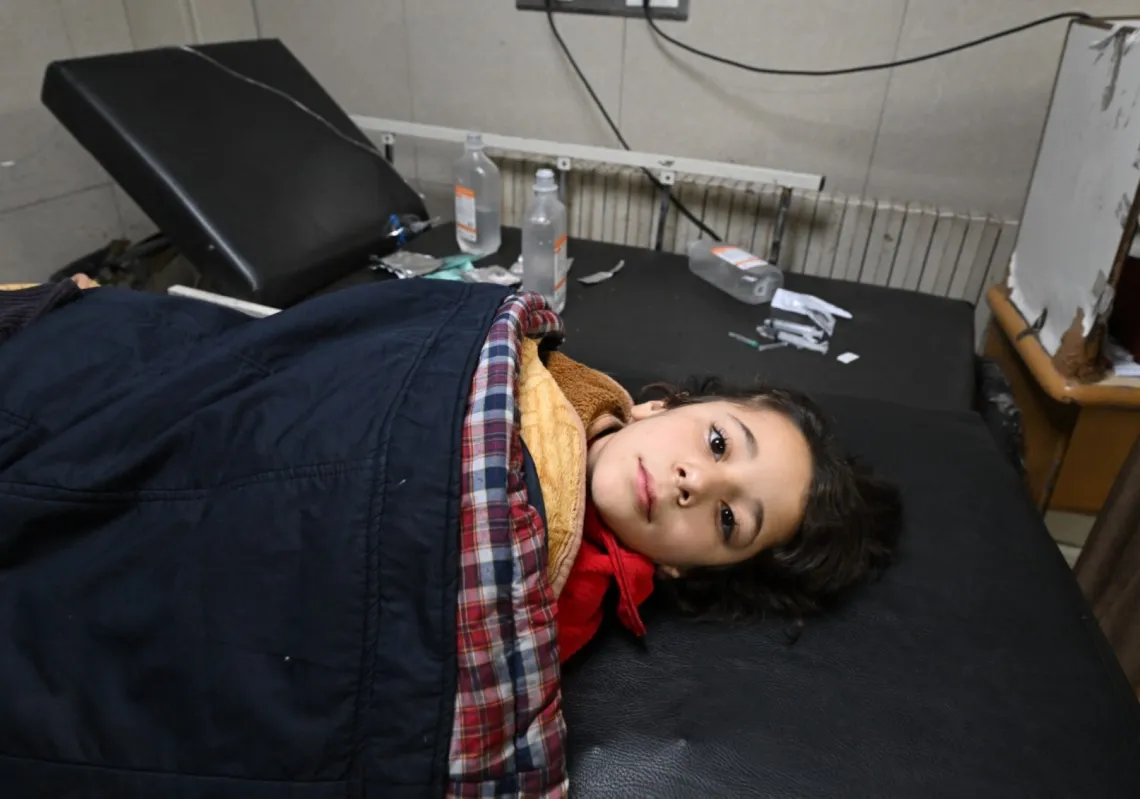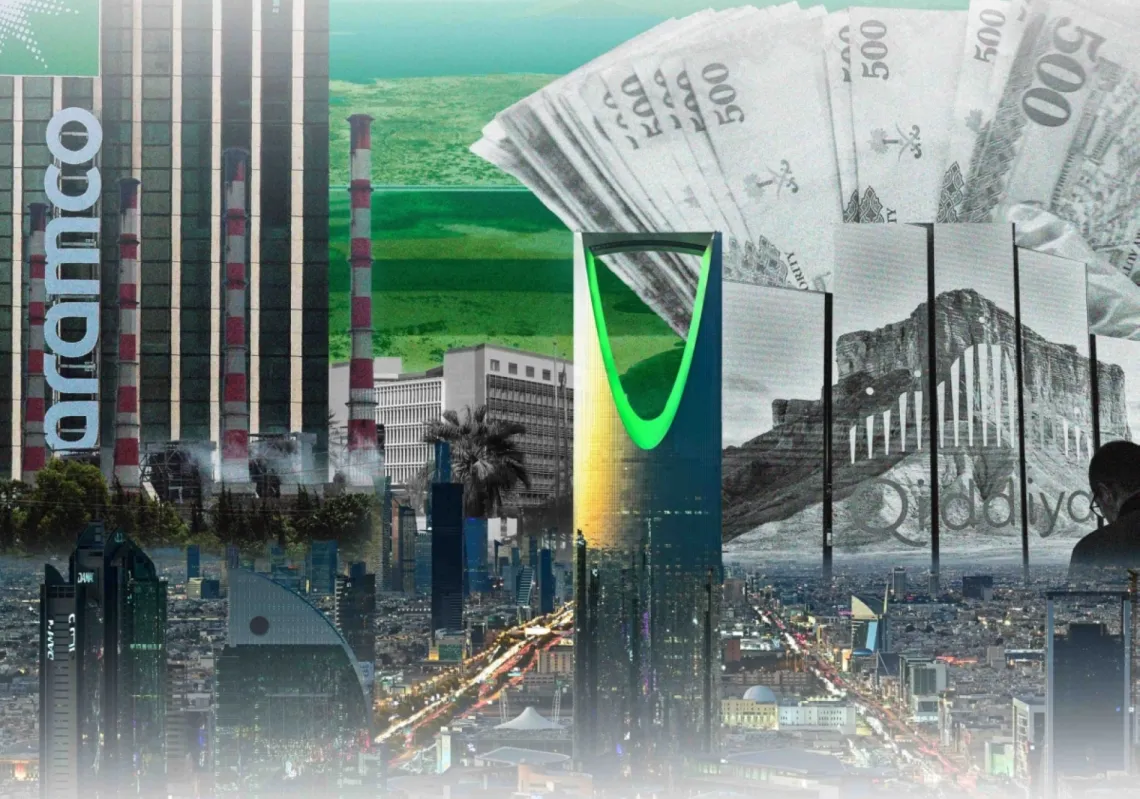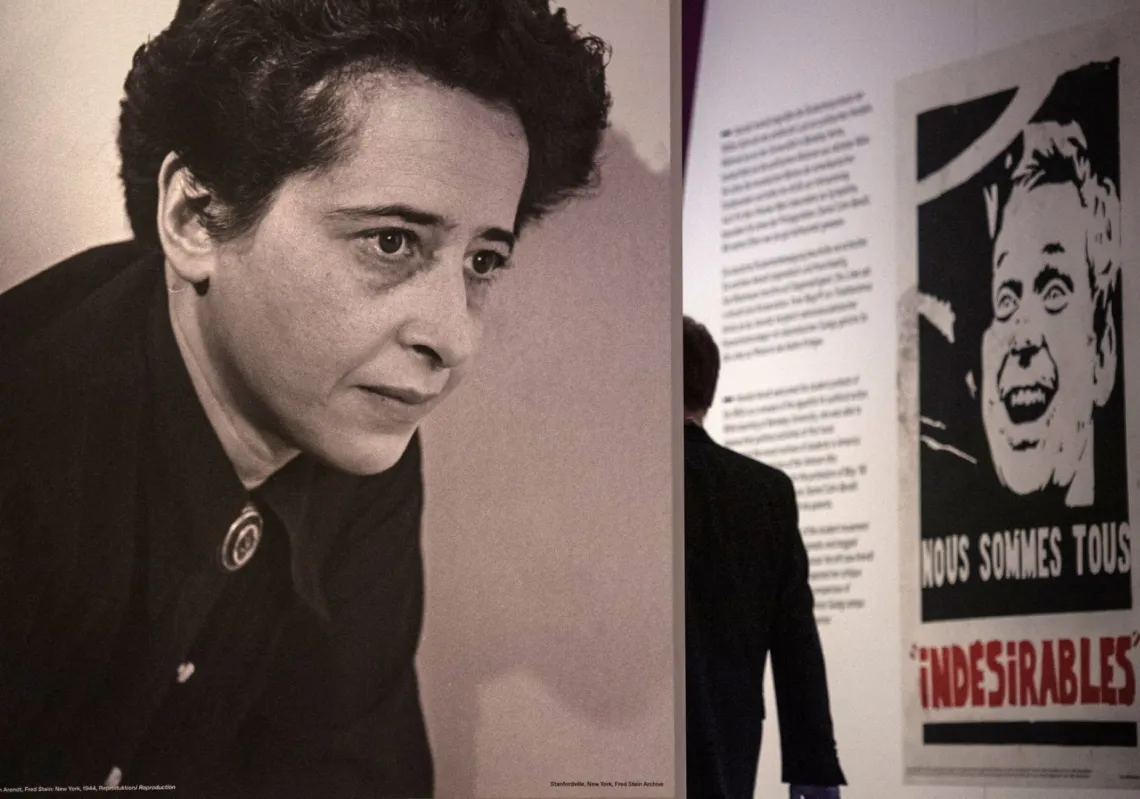 Dr. Nasser Saidi (Source: KAZUHIRO NOGI/AFP/Getty Images)[/caption]
Dr. Nasser Saidi (Source: KAZUHIRO NOGI/AFP/Getty Images)[/caption]
The downfall of Mubarak and Ben Ali and the explosion of protest and revolt against dictatorial governments across the Arab world has understandably prompted rejoicing across the Middle East and elsewhere and stimulated hopes that democracy is on the march. Nonetheless, the prospects for economic progress look bleak, and this has the potential to undermine attempts to transform the political systems of Arab states, according to a leading Arab economist, Dr. Nasser Saidi.
Dr. Saidi served as Lebanon’s minister of trade and economics between 1998 and 2000, between two terms as vice-governor of the country’s central bank. He stood down as chief economist at the Dubai International Financial Center this year, and currently holds advisory roles on the Middle East and North Africa at the IMF and the OECD.
Speaking to The Majalla by phone from his office in Dubai, Dr. Saidi warned that the hopes for political change in the Arab World cannot be turned into reality until the harsh reality of regional economic and social problems are recognized and tackled, and a vacuum of vision and leadership is filled.
He also attacked the term ‘Arab Spring’ as misleading: "I called it the ‘firestorm’ instead of the ‘spring’ because ‘spring’ brings to mind two things: it brings to mind renewal, it brings to mind new life, and it’s very difficult to see at the moment that is what’s happening in the Arab World. We are in the midst of transition, but it’s not clear where that transition is going to." In contrast, a firestorm is ignited when the conditions are dry and hot enough, and it spreads everywhere, burning everything in its path and leaving the area devastated. “On the other hand, there may be some green shoots which actually come out. The short answer is we do not know yet,” he notes.
He also believes the term ‘Arab Spring’ is “Eurocentric,” because it harkens back to the uprisings in Europe of the Cold War and after. Unlike the states of Eastern Europe, who were offered the chance to become part of the European Union after decades of communist rule, the Arab World is facing unique challenges of its own, and “that is why I think that the description of the Arab Spring does not relate to the reality on the ground. There is no roadmap. There is no common vision, there aren’t these stark choices between non-market based and market based economies. On the other hand, there are a large number of structural problems.”
Without a common vision for the future, individual governments will be left to struggle alone and unrest will continue: "I think we are right at the beginning. This is not a short-term matter. Until we address the deep economic and political and social structural problems, these issues will persist. Revolts will continue . . . in many ways the genie is out of the bottle. Once you have tasted the fact that you’re able to get rid of autocrats and despots, then across the Arab world, and maybe elsewhere, into sub-Saharan Africa, into Central Asia, people have felt the taste of freedom, people have felt the taste of change, and I think this will persist."
One of the most pressing problems is unemployment, especially amongst the young—an issue that economists and scholars of the Middle East have warned has been at critical levels for several years. Dr. Saidi argues that how governments respond to this issue will be a key factor: "This is a revolution of rising expectations. Youth, which overturned these regimes, wants jobs, wants to see growth. And I think, the outside thing has always been to think of ‘oh, this is just a change of autocrats, and democracy will suddenly make it bloom’, and they have forgotten the economic aspects."
The famous ‘youth bulge’ in the population of the Middle East set the scene for the uprisings, and now it has profound implications for the future: “When you have got easily fifty to fifth-five percent of your population twenty-four years old and below, and you realize unemployment rates for that age group [is] forty percent, and this is meant to be the educated segment of the labor force, you understand the degree of frustration.”
The problems are exacerbated by the absence of leadership, he warns. Without concerted attempts to acknowledge and deal with the problems people across the Arab World face, religious extremists will gain ground, the security services will go unreformed, women will continue to be excluded from public life, and the growth of democracy and transparent government will be imperiled, all of which he sees as obstacles to progress, to say nothing of the closing of the space for the negotiation of the tricky issue of religion in political life.
Solutions had to come from within the region, given the preoccupation of the US and Europe with their own problems and the limited influence of rising states like China: “We [Arabs] have to own our own transition,” he states. This seems at first glance to be self-evident, but Dr. Saidi contends that it is proving to be a huge obstacle. “There’s no Arab leader who has come up and said, ‘Look, we need to move towards greater democracy . . . we need to liberalize our economies . . . we need to treat our people with dignity, we need growth to be trickling down to people, and we need to pull people out of poverty.’” He sees this as dangerous. “The point is that we have not even had any speeches of that type. We have not had any leadership of that time, and as a result when people at a time of change see lack of leadership, lack of vision, then frustration increases.”
So what is the solution? Aside from the common economic and social problems, the countries of the Arab World are noted for their lack of economic links with each other and their political divisions. Would this not make any common program so diluted as to be useless? Dr. Saidi responds that criticism of this kind is misses the point: “I don’t think that we are forced to think of the lower common denominator, no. People at a time of change will look to see which countries, which governments, are undertaking reform and they will learn from that . . . the more progressive countries I think will teach the others.”
But all this needs something to start the ball rolling. Dr. Saidi contends that “when you are living in a world in which Europe and the United States are leaderless from the point of view of the Middle East and don’t understand everything that is at stake for the peoples of the Middle East, then it seems to me to be the time at which the GCC needs to step up.” They not only have the financial resources, they also have a strong incentive: “I think it’s not only that they are the only ones capable financially at this stage, but they have a direct strategic interest in stabilizing the Middle East.”
With all the problems facing the Arab World, Dr. Saidi believes that the first step should be the rebuilding of regional institutions, starting with the creation of an Arab equivalent of the European Bank for Reconstruction and Development. He calculates that this would require an initial investment of USD100bn, but asserts that is easily affordable: "Just to put it in perspective, the current account surplus of the GCC countries this year will be something like USD430-450bn. That’s the current account surplus, let alone what they have in terms of reserves, so it’s relatively easy for the GCC countries to finance that, and my guess is that if you propose it, Asia and in particular China would be very interested in participating."
Dr. Saidi contends that an Arab Bank of this kind would not only begin offering funding to badly needed infrastructure projects and financing for private business and job creation, but would also encourage more optimism about the future: “It means collective action, it means that you have decided to work together at the level of the region. And therefore I think this is the sort of thing that will give hope to people.”








